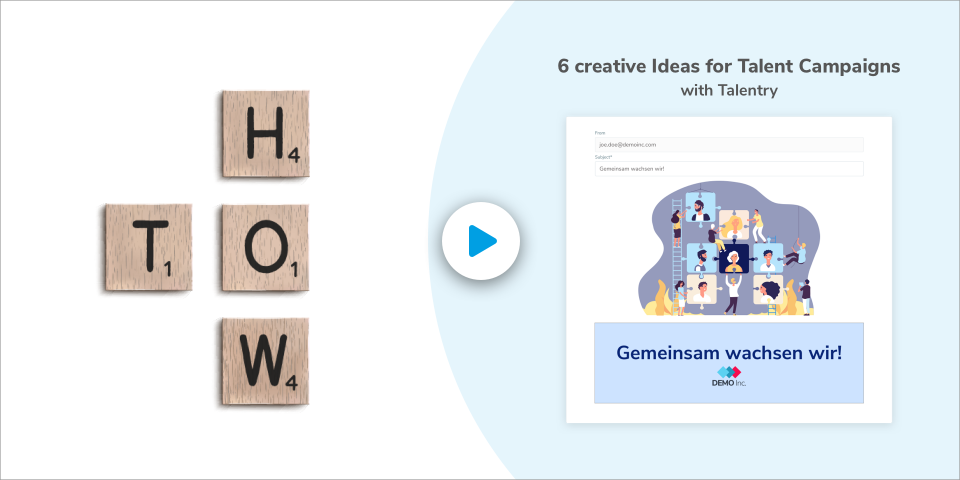The journey continues: why the candidate journey does not end once the job is filled

From the job ad to the employment contract: companies that still regard the candidate journey as a start-finish race are throwing away valuable potential and slowing down their recruitment.
Starting from scratch each time with higher costs
In linear recruitment, the candidate journey is usually in four stages: job or candidate search, application, selection process, and decision. Regardless of whether the candidate is ultimately employed, receives a rejection, or even turns down the offer, his or her journey ends at this point. For HR this means starting from scratch each time: with the next vacancy, the time-consuming and costly trip through the recruitment funnel starts all over again, with the goal of a successful appointment marking the end of the process. And so on and so on. The leads gained from time-consuming recruitment drives are forgotten even before the ink is dry on the employment contract. This is how valuable potential falls by the wayside.
Unrecognized potential: second-choice candidates
But in times when it is becoming increasingly difficult to find and attract qualified applicants, companies following this start-finish straight line will not make the running: their recruitment processes are too slow, too inflexible, and too expensive. Even more annoying is when new employees decide to change jobs again within the first twelve months. Nowadays, this is not uncommon. If at this point, the recruitment process starts again from scratch, the investment in filling the vacancy was completely wasted. A new search could have been avoided because suitable candidates had already been found. But they were let go with a ‘second-best’ rating and contact was lost.
Rejections yes, but future recruitment too
Second-choice contacts are a good reason for the candidate’s journey continuing even after a rejection. Because candidates that make the advanced stages of the selection process do not usually fail due to a lack of ‘must haves’. Instead, it is the little things that tip the balance. A little more professional experience, a slightly lower salary, and quick availability distinguish the ‘more perfect’ from the perfect candidates for the job. However, with regard to upcoming vacancies, second-choice candidates are still valuable for the company – far too valuable to lose sight of them.
The journey continues: how the systematic retention of talent leads works
The classic second-choice candidate is no longer a blank slate for the company. She or he has already been put through their paces. The information that you have gleaned will allow you to maintain contact on a personal level with appealing tailored content. A talent pool offers the necessary structure to capture and organize leads systematically and keep people enthusiastic about the company through targeted campaigns. At the same time, it enables all HR decision-makers to access the same data and to filter according to their respective requirements. If necessary, talent leads can be mobilized and hired much faster than the linear recruitment funnel allows.
New employees become ambassadors and internal candidates
But the journey continues not just for the runners-up in the application race. New hires also play an important role in future recruitment and, therefore, should not be neglected in this respect. After all, in terms of employer branding, they now act as authentic ambassadors for the employer and, as such, can make an important contribution to talent acquisition. Systematic approaches, such as employee referral programmes and intuitive platforms providing content that can be shared in personal networks, also help here.
Think about the candidate journey continuing internally
In addition, your own employees remain candidates in an internal talent market that is becoming increasingly important in many companies. So a candidate’s journey is by no means over once the person is hired. Internal mobility and the personal quest for individual career development will strongly shape recruitment in the coming years. Recruiters will first look within their own ranks before choosing expensive external alternatives. The candidate journey must therefore continue internally and employees are perceived as leads.The candidate journey is no longer limited to a four-stage tour. Whether a rejection or appointment – the journey must continue in order to make recruitment fast and efficient. A well-structured talent pool within the framework of smart CRM is the basis for catching the second-best candidates and keeping in contact with them. It is also the basis for mapping, continually developing, and making use of your own employees’ potential within the company in the long term. And there are more potential candidates for your talent pool. Find out more in the second part of our mini-series “The candidate journey continues”.





.png)


